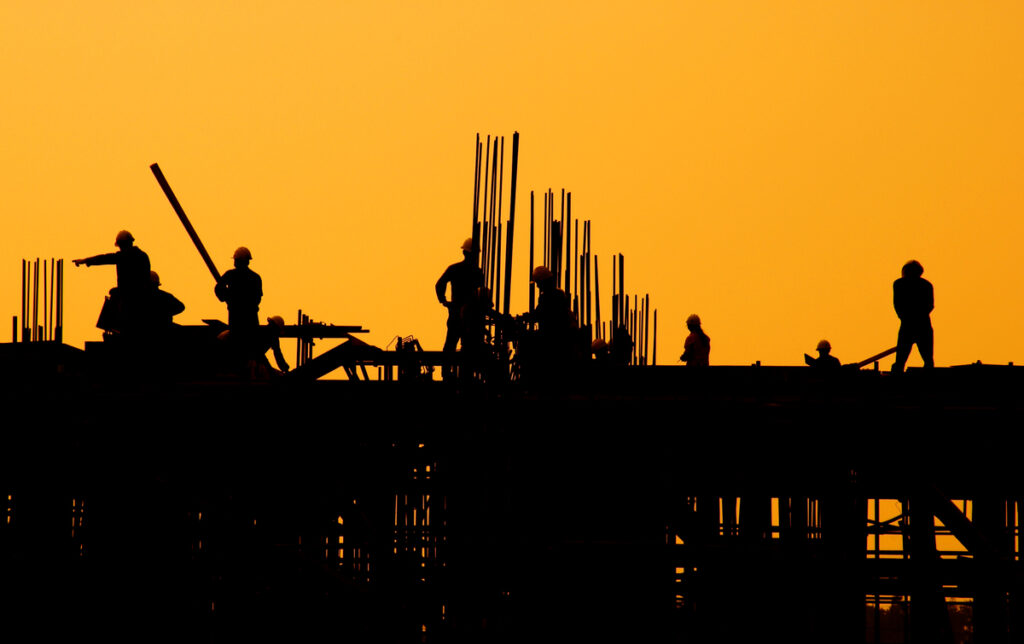Exclusive Neuroject Article: While there are some similarities between the risks in the construction industry and those in other sectors, there are also particular concerns that contractors and construction safety that experts need to take into account.
In the construction business, implementing a safety and health management system is far more difficult. These difficulties may include, to name just a few, low bid procedures, a mobile workforce, unfavorable weather due to outdoor labor, multi-employer work locations, and a constantly shifting job site.
While there are many factors that go into developing a strong construction safety culture in this industry, the following article is crucial for contractors and safety specialists to take into account.
Table of Contents
Understanding the Basics: Why should We Pay Attention to Safety?
Nowadays, the global construction industry is developing rapidly, but construction accidents are also common. Almost all areas of the construction business are extremely concerned about safety.
Because accidents can happen at any time and are often unclear, construction safety should be viewed as a crucial element in the sector. Ensuring that stakeholders, office staff, and field crew members can all move about the project securely aids in maintaining dependability and forging a solid corporate culture.
The impact of construction safety is significant and requires further research and attention. Daily reports of several occurrences from various building sites are common. Safety is a multidimensional aspect as far as the construction industry is concerned. Organizational management strives to safeguard their workforce to keep up the organizational reputation as well as to sustain their proficient workmen for unhindered completion of projects.
Different types of work require different types of precautionary measures. Precise observations are required for the effective deployment of safety provisions. From the very beginning of a construction project which usually is excavation works to final finishing works, construction sites are in proximity to various types of incidents.
In the context of the construction sector, safety is a multifaceted issue. Organizational management works to protect their personnel in order to maintain the organization’s reputation and to support their skilled workers for the unencumbered completion of projects.
However, it takes a lot of effort and consideration to create a safe workplace.
Protecting construction workers from common risks, reducing response times, ensuring the safety of the general public, boosting regulatory compliance, and avoiding project delays are some of the steps business owners must take to create a safe workplace.
Precautionary procedures must vary depending on the sort of job being done. For safety measures to be deployed effectively, precise observations are needed. Construction sites are close to many types of incidents from the very beginning of a project, which is typically an excavation activity, to the final finishing work.
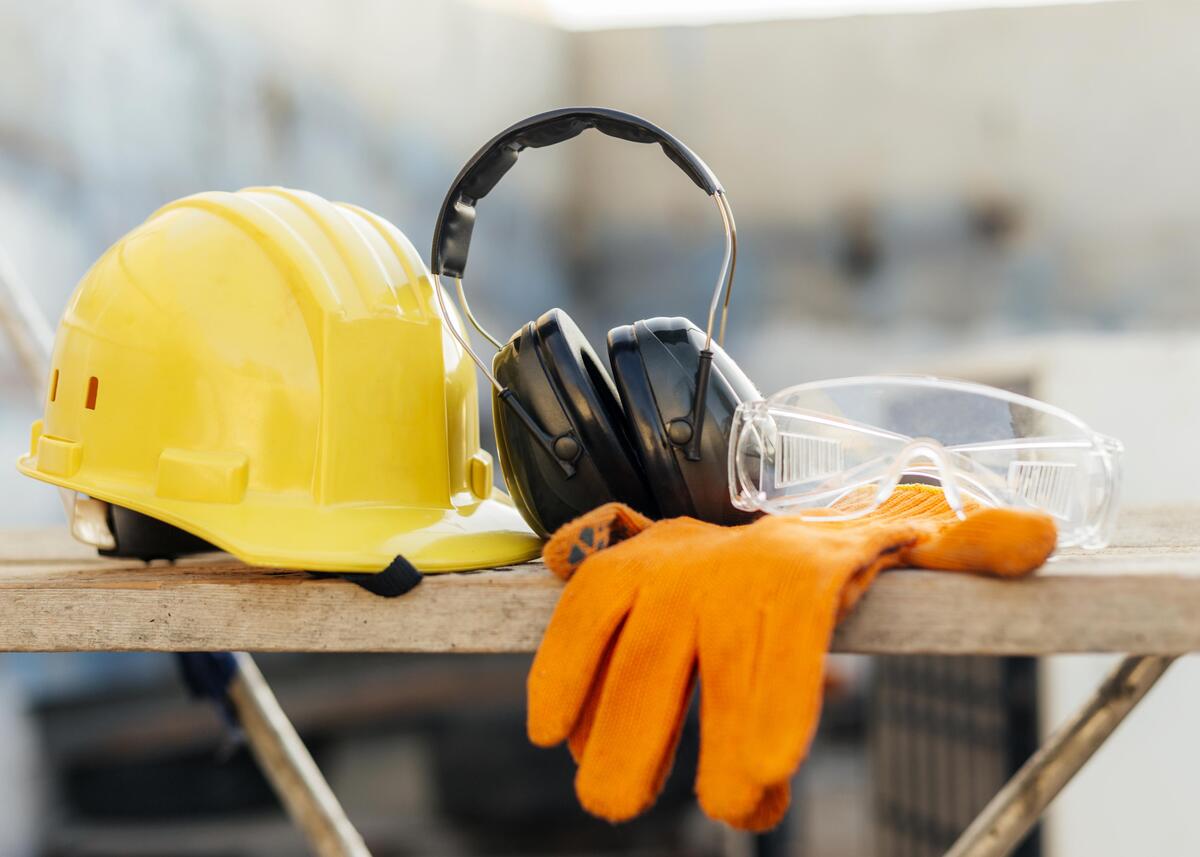
1. Start with Safety Training
Before starting work on-site, every employee must possess a valid white card. Each employee should also receive site-specific introduction training, which will identify any high-risk areas and offer emergency management guidelines in the area of construction safety.
Workers need to be aware of the dangers and hazards they may encounter on the job site in order to work safely. Some workers might not always be as familiar with the task being done or the hazards associated due to the industry’s nomadic workforce.
Because of this, employers and safety experts need to guarantee that all project participants have the training and expertise necessary to carry out their duties in a safe manner. Contractors and/or safety experts must make sure that everybody is informed about typical construction risks, such as the OSHA “focus four” of fall risks, caught-in or between risks, struck-by risks, and electrocution risks, as well as how to avoid those kinds of accidents.
Additionally, they must understand that as the day progresses, new hazards may arise that weren’t there when the task first began.
According to Kim Lindgren, CHST, an OSHA lead teacher and curriculum developer for marine and construction, “Construction is a constant flux of change.” “A job site is different when you arrive in the morning than it is an hour later or at the end of the day.” Contractors and employees must thus regularly monitor the job site and keep an eye out for any changes.
One strategy contractors might use to educate employees is toolbox discussions. Before a shift, these give employees 10- to 15-minute instructional sessions about the risks involved with the jobs they would be performing and how those risks might be reduced to enable them to complete their responsibilities safely.
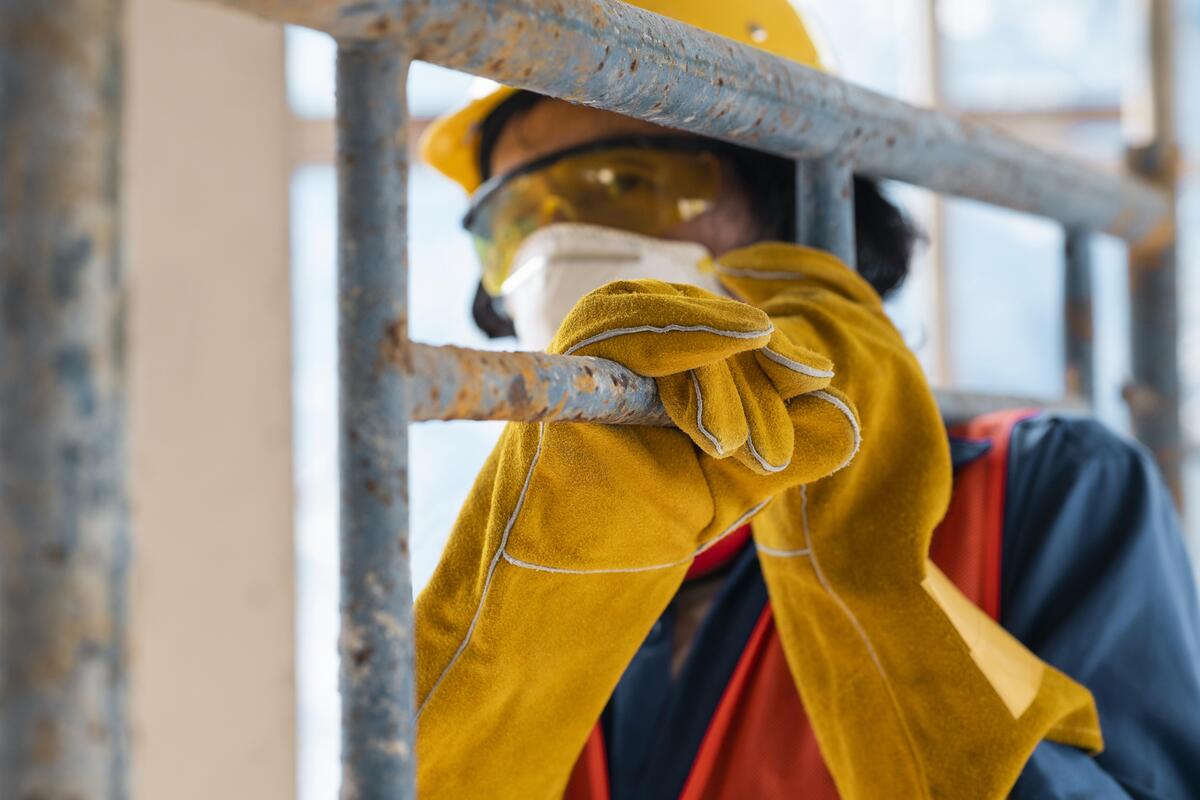
2. Reduce Risk
It is hard to completely eliminate all safety dangers due to the nature of building operations. However, by doing routine safety audits and having protocols in place to report, evaluate, and deal with potential risks, many common safety issues can be avoided.
What risks are presented by the project or customer, we must ask ourselves while identifying risks? Any danger that exposes a company to possible loss is a risk. Although there are other methods to categorize risk, construction companies need to be aware of these six major forms.
Risks that may arise in Construction Projects
- Financial Risk: Cash flow can be strained and growth can be halted by slow payments, rising construction costs, fraud, and other financial problems. Credit risk and liquidity risk are two examples of the risks in this area. Construction is a risky industry with a high rate of fatal and injury incidents on the job site.
- Operational or Project Risk: Business goals could be derailed by changes in the schedule, labor disruptions, a lack of funds, equipment breakdowns, and adverse weather conditions like storms.
- Economic Risk: Market possibilities can be reduced, building costs can rise, and project funding can become scarce as a result of recessions, inflation, and other economic influences.
- Legal Risk: The construction sector is both highly regulated and litigious.
- Political Risk: include acts of terrorism, civil unrest, or merely political changes that have an impact on project timetables, funding, and worker safety. These risks are of particular concern to international construction corporations and businesses that work on government projects.
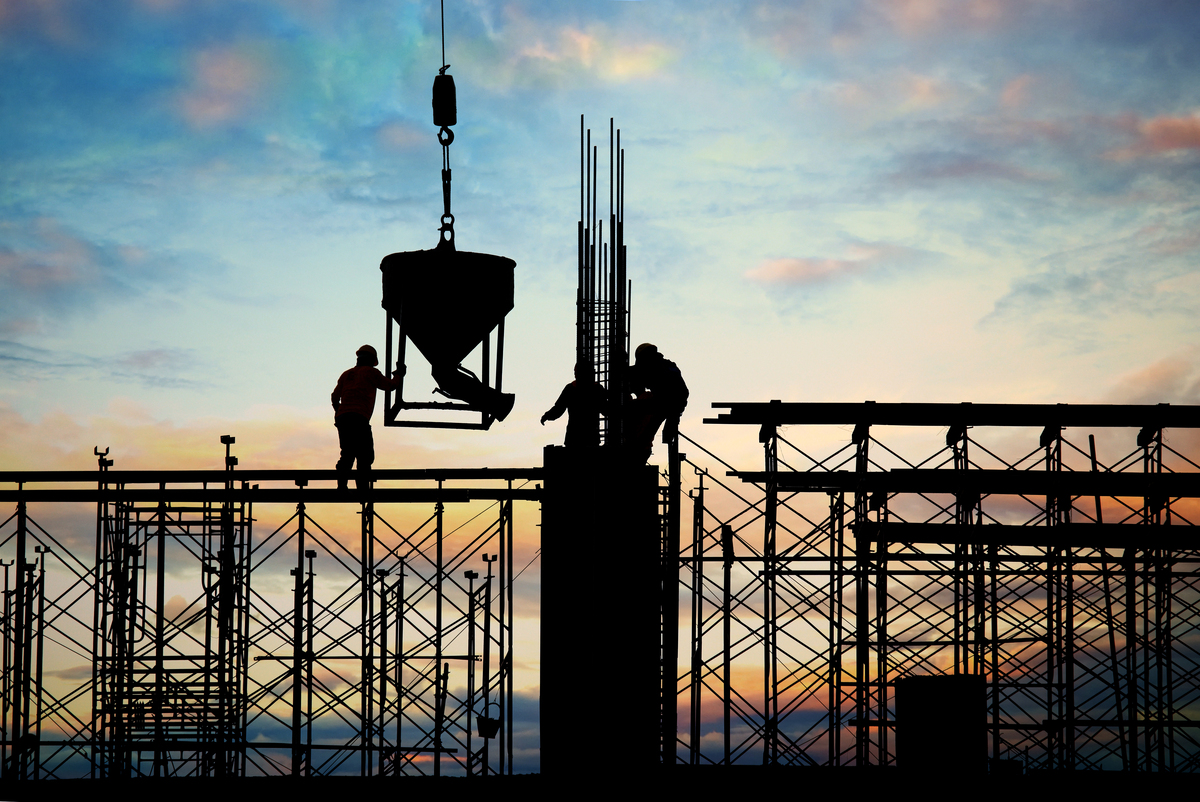
3. Secure the Location
Access restrictions should not just be implemented to safeguard equipment against theft or damage. Security is essential both during and after work hours to safeguard pedestrians from potential construction risks. This includes keeping an eye on things or permitting visitors. In the event of a safety incident or security breach, strict security and safety measures will also shield contractors from accountability and negligence.
The next stage after identifying potential hazards for the project is to ascertain their frequency, likelihood, and seriousness. To do this, many inquiries must be made:
“What could possibly go wrong?”
“What is the possibility of that happening?”
“What would we lose if it happened?”
The company assesses the project and evaluates the likelihood of a loss occurrence as well as the intensity of the damage.
A crucial part of evaluating risk is tracking project and financial data. A company’s risk assessment will be more precise the more historical data it has to examine. Compared to a contractor with 10 years of performance, safety, and financial records on hospital projects, the contractor bidding on their first hospital job will have a significantly less realistic picture of their risk.
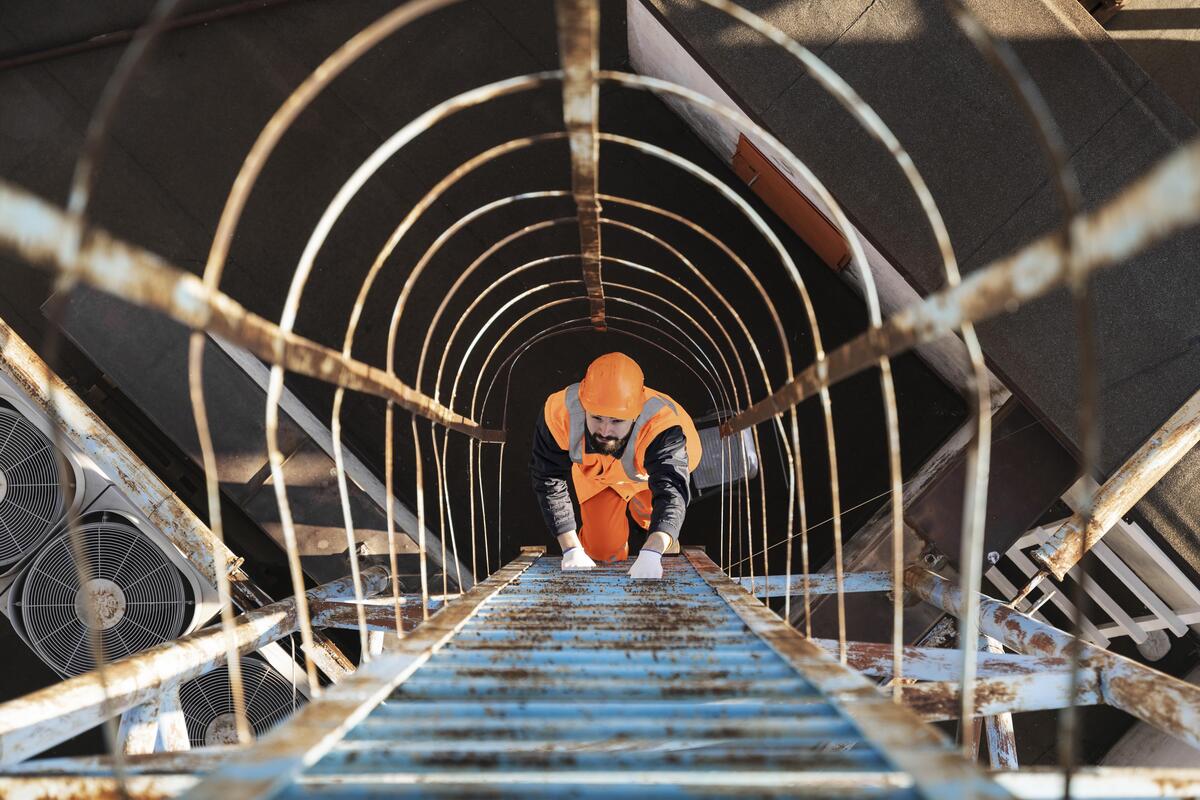
4. Evaluate Safe Work Practices
For actions that are carried out often in your business, safety regulations and procedures ought to be defined. These guidelines, whether written or informal, must outline what employees are allowed to conduct on the job site.
Employers will discover additional benefits from applying these advised practices. Programs for safety management and health support firms by:
- Avoid diseases and injuries at work
- Increase adherence to rules and legislation
- Costs should be cut, especially workers’ compensation premiums, significantly.
- Engage employees
- Boost their aspirations for social responsibility
- Boost output and improve all aspects of business operations.
The plan is to start small with a basic plan and straightforward objectives before building on it. Your workplace can advance towards higher levels of safety management and health achievement if you concentrate on attaining goals, monitoring performance, and assessing outcomes.
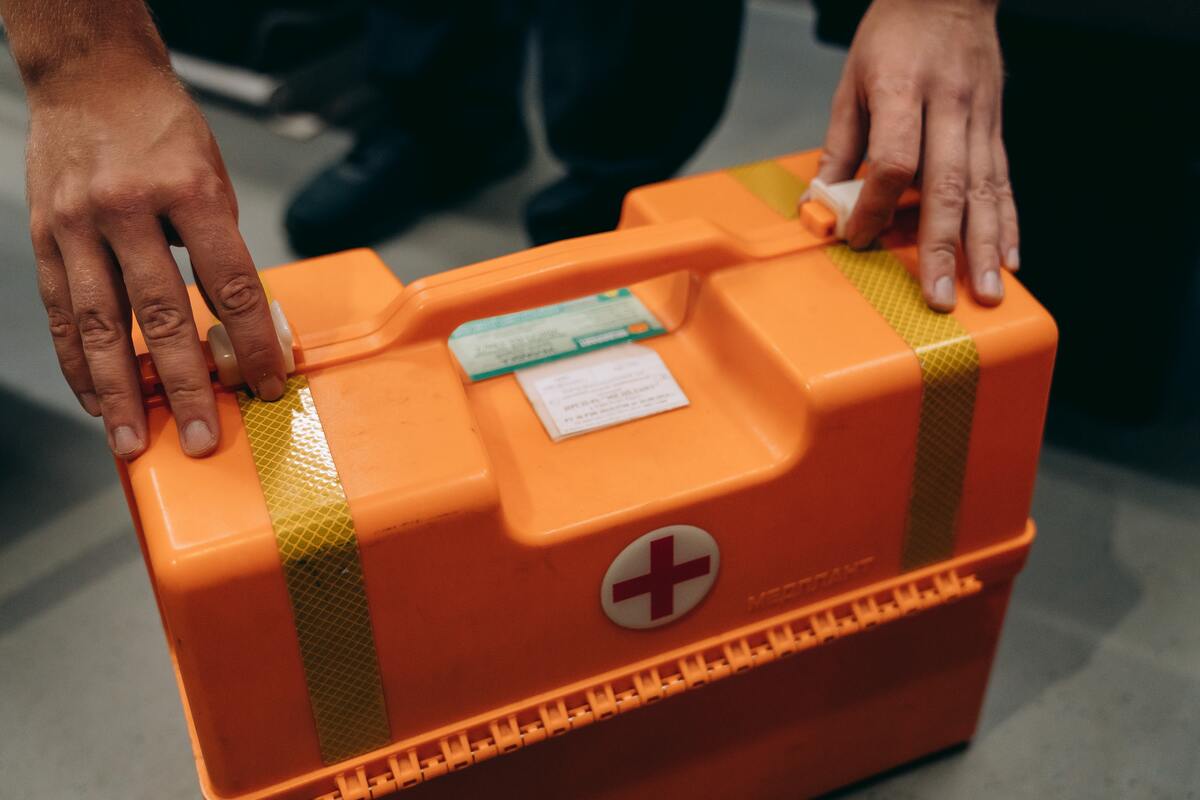
5. Document Accidents as they Happen
Accidents result in delays, injuries at work, liability issues, and a negative reputation for the company. There are some sorts of accidents that you can control on your job site even if you might not be able to prevent them entirely in the construction safety sector, such as slip-and-fall incidents brought on by badly kept floors. Regular inspections will help you keep track of these kinds of problems so you can take immediate action for safety management.
After an accident, an employer must submit two forms. OSHA forms 300 and 301, respectively. All workplace accidents are recorded on the OSHA 300 Form. OSHA 301 Form, on the other hand, records every instance. Additionally, the purpose of each form in an accident report is as follows:
- OSHA 300 Form: This file is sometimes referred to as the OSHA log. In this form, an employer must record the following details: the accident’s date and location, its specifics, the employee’s name and line of work, and the number of lost workdays.
- OSHA 301 Form: As previously noted, Form 301 records particular instances. Form 301 must be finished by an injured employee within a maximum of seven days. The details listed on Form 300 should also be reflected in the information entered on this form.
- OSHA Form 300-A: The Summary of Work-Related Injuries and Illnesses is another name for this form. This form is used to summarise or tabulate all accidents that were reported on Form 300. This form must be updated by each company once a year to reflect the annual accident occurrence.
6. Use Prominent Signage throughout the Workplace
A 24-hour emergency contact number and a map or directions to the site office should be prominently displayed on the construction site SWMS to make all safety management easily accessible. Site facilities (including restrooms), entry and exit locations, and first aid or emergency fire equipment should all be clearly marked with signage.
OSHA categorizes safety construction signals into three categories, as we already discussed, but there are a few other crucial workplace indicators to take into consideration. Let’s discuss these indicators in greater detail and why they are so important for the overall safety of your staff.
Warning Signs
The second category of official OSHA signage is warning signs. This sort of sign serves as an accident prevention tag by highlighting circumstances that could lead to mild to moderate injuries.
Signs of General Safety
General safety is the third category of OSHA safety management signs. General safety signs can point workers to emergency equipment and serve as a reminder of workplace safety regulations and best practices.
Admission Symbols
Entrance signs specify who is permitted and who is not permitted to enter a specific location. These prominent signs bear messages like “do not enter,” “no trespassing,” “authorized personnel only,” and others that are similar.
Sign for Fire Safety
Areas requiring required fire precautions or bans are marked with fire safety signage. White letters and fire imagery are used on red backgrounds for fire safety signs.
Hazard-Free Signals
Workplace traffic signs and directional information are examples of non-hazard signage.
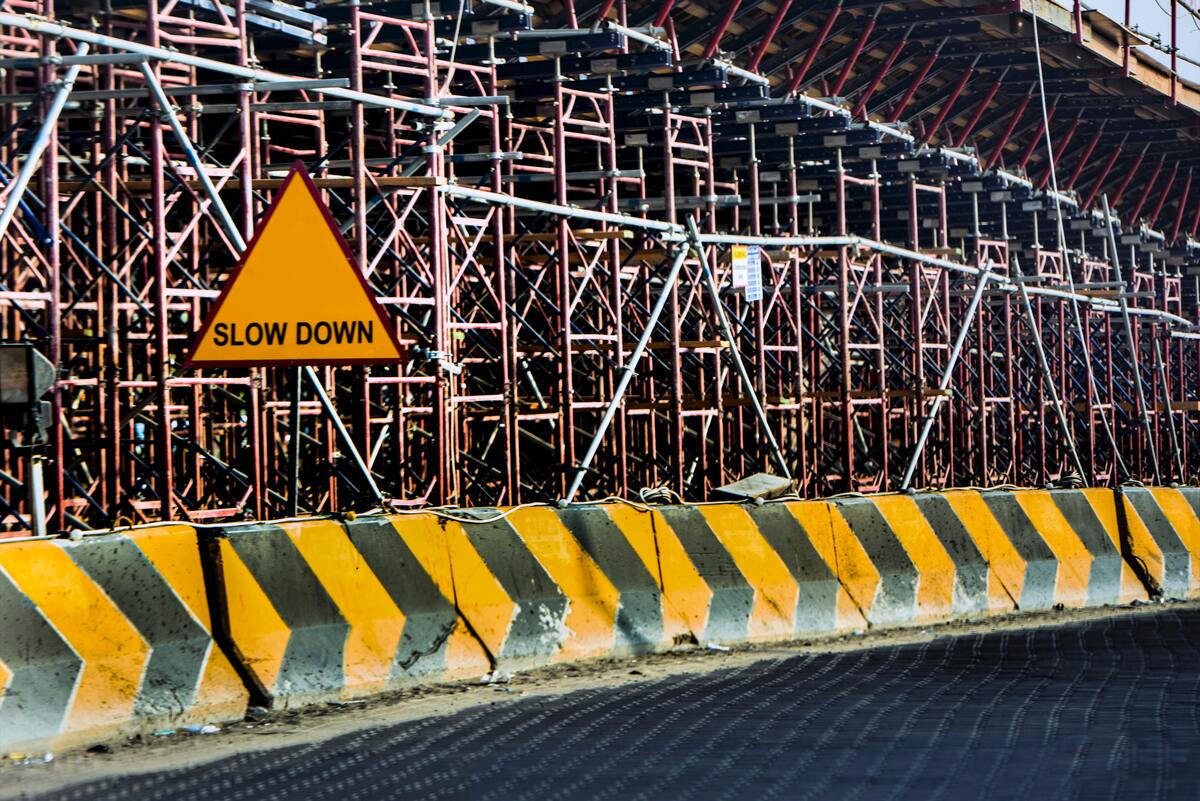
7. Inform your Employees about the Dangers of Spills and Flammable
Chemicals serve a wide range of purposes much like fire does. However, many chemicals can be intrinsically dangerous or even fatal when used improperly or when accidents happen, just like fire.
One of the most dangerous risks that workers encounter on a building site is hydrofluoric acid spills. One of the most poisonous materials now utilized in the building is hydrofluoric acid (HF), which is particularly deadly when it comes into contact with human skin. Due to the possible safety dangers involved with these hazardous substances, all of your staff need to receive training on spills and flammable liquids.
This is a crucial fact to keep in mind because practically every workplace, including industrial plants, laboratories, agricultural operations, maintenance tasks, and even office settings, uses chemicals to some extent in safety management.
Chemicals can endanger workers whether they are utilized to clean or lubricate machinery, add them to a production process, or are created as a result of other activities. Some are extremely poisonous or caustic. Others can ignite easily, oxidize quickly, or interact with other compounds to produce dangerous circumstances in the safety construction sector.
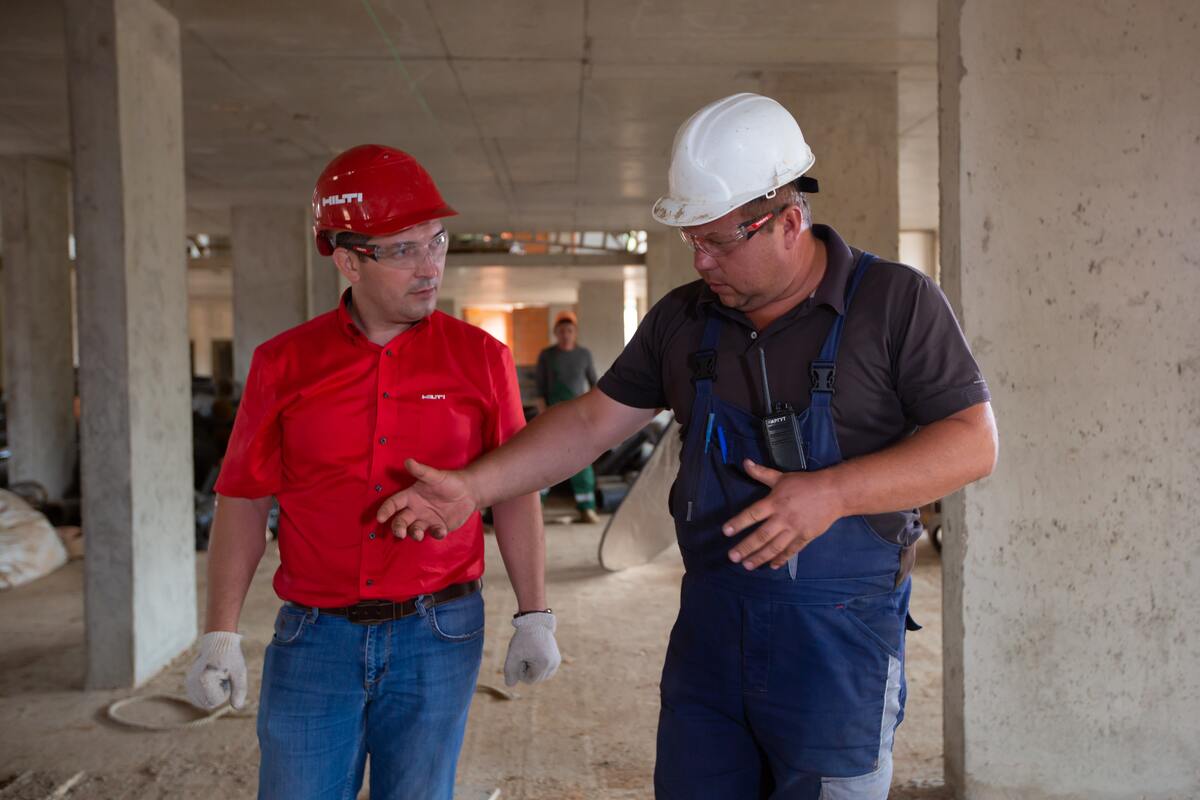
8. Offer a First Aid Kit On-Site
Making a rapid first aid application at work can significantly improve the health and safety of your staff. This is crucial in occupations like the construction sector where workers are exposed to poisonous and caustic materials.
The ideal ratio for the construction sector is one first aid officer for every 25 workers. First aid supplies must be kept on-site in a location that is simple to reach.
All employees must have access to sufficient supplies and first aid instruction in case of an emergency, especially in high-risk workplaces. The main goal of workplace first aid kits is to give your employees quick, effective, and hands-on care. The essential first aid kit supplies you should always have on hand on construction sites are listed below.
- A first aid pack that is filled adequately for construction personnel
- Suitable amenities, such as dressing areas or a first aid room
- An appropriate method of transporting hurt construction workers to the medical help location
- A sufficient mechanism for keeping track of anybody who has used the first aid kit
- Efficient communication technologies that allow all first responders to reach out for assistance in a crisis
9. Always Adhere to OSHA Regulations to Remain Compliant
No matter how they refer to it, many firms have a safety management system in place. Executives’ attitudes towards safety construction, the amount of training given to employees, and how those employees carry out their duties all reflect this. Organizations must comprehend what contributes to safety and health success in order to support continual progress in occupational safety management and health.
OSHA, for instance, offers recommendations for managing safety management and health programs that are effective and comprise the following components:
- leadership and dedication from a safety management
- Worker involvement
- assessment and identification of risks
- Controlling and preventing hazards
- Improvement of the Education
- Training Communication Programme
When considering how to enhance safety management and health programs, Lindgren urges contractors and safety professionals to look at each of these components to see what may be lacking or in need of improvement.
OSHA offers these recommendations in addition to a wide range of additional tools for efficient safety management, but Lindgren emphasizes that contractors shouldn’t prioritize safety construction because of OSHA compliance. She advises, “You should profess to your people that you care about them.” “Not because OSHA says so, but because we operate safely,”
Lindgren connects these concerns by highlighting the significance of worker safety management and the part that safety experts play in it.
Although some small businesses choose not to abide by OSHA regulations because they believe doing so will increase their overhead costs, the reality is that doing so can save businesses money in the long run by preventing injuries and lowering workers’ compensation claims.
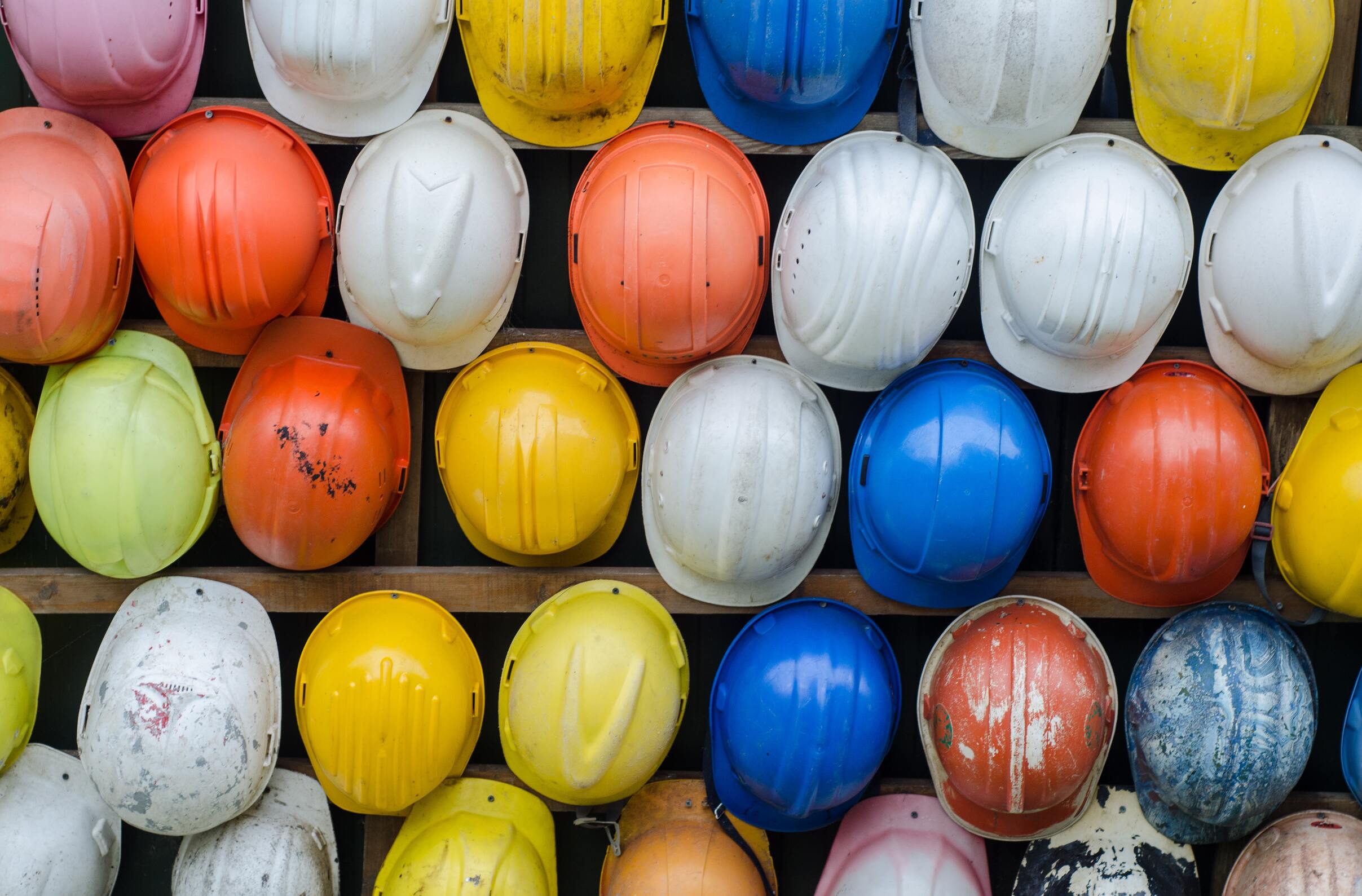
10. Establish a Program to Prevent Injuries
In the construction sector, well-written, simple-to-understand job site procedures with distinct roles and duties increase efficiency and job safety management. Additionally, if everyone on your job sites is aware of their responsibilities and how they fit into the greater picture, there will be fewer safety management issues.
This Programme provides leadership on a national and international level in the fight against work-related illness, injury, disability, and death through systematic data collection, focused scientific research, and the creation of goods, services, and solutions that are specifically suited to the needs of the construction industry.
The research priorities in the NIOSH Strategic Plan for FYs 2019–2024 were chosen by the construction safety program in consultation with other NIOSH research safety management programs based on burden, need, and impact. The areas of focus are:
- Reducing construction workers’ exposure to dangerous noise through engineering measures
- Reducing the usage of exoskeletons and the emergence of occupational musculoskeletal illnesses
- Reducing occupational respiratory illnesses brought on by nanomaterials, welding fumes, and mineral dust exposure.
- Increasing workplace construction safety to decrease traumatic injuries from falls, drug use/misuse, and injuries from new technology
- Promoting healthy work practices through Total Worker Health® strategies and improved work organization for employees in non-standard work arrangements.
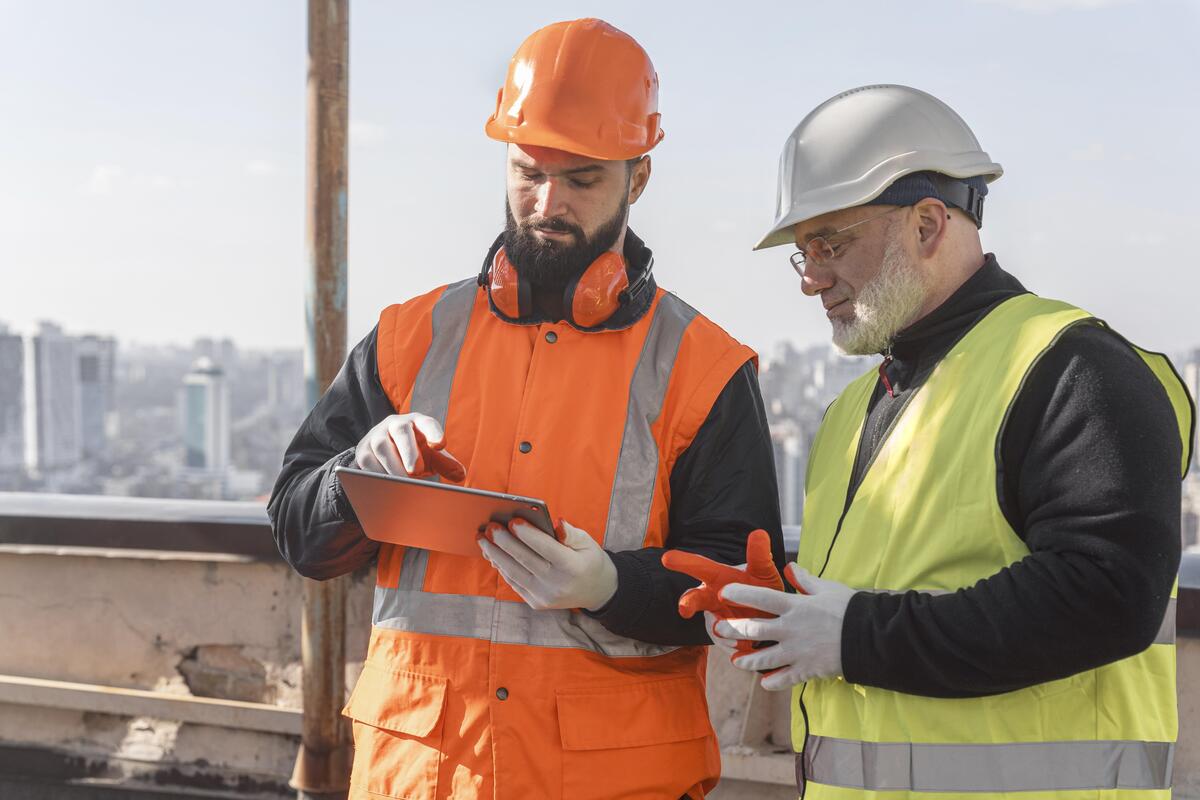
11. Utilize PPE and other Safety Management Gear
Personal protection equipment (often known as “PPE”) is clothing used to reduce exposure to risks that might result in significant workplace diseases and injuries. Contact with chemical, radioactive, physical, electrical, mechanical, or other job hazards may cause these wounds and illnesses. Items like gloves, safety goggles, shoes, earplugs or muffs, hard hats, respirators, coveralls, vests, and full-body suits are examples of personal protection equipment in the scope of construction safety.
Because it is unpleasant or unprofessional-looking, many workers might choose not to wear safety gear, yet this decision could ultimately result in accidents or fatalities against safety management. Wearing personal protection equipment, such as gloves, safety glasses, earplugs, and hard hats, is the first step in protecting workers against ergonomic dangers in the scope of construction safety.
The possibility of injury on the job site won’t be entirely eliminated by these tools. However, they can lessen it by avoiding scratches and cuts that could cause later medical issues, as well as by averting serious harm or even saving lives.
Additionally, employers must provide training to all employees who must use PPE so that they are aware of the following:
- when it is required
- What sort is required
- How to wear, modify, put on, and remove it correctly
- The equipment’s limitations
- the equipment’s proper upkeep, maintenance, lifespan, and disposal
A PPE program should be put in place if PPE is to be utilized. This program should cover the risks that are present, the choice, upkeep, and usage of PPE, employee training, and program monitoring to assure continuous efficacy.
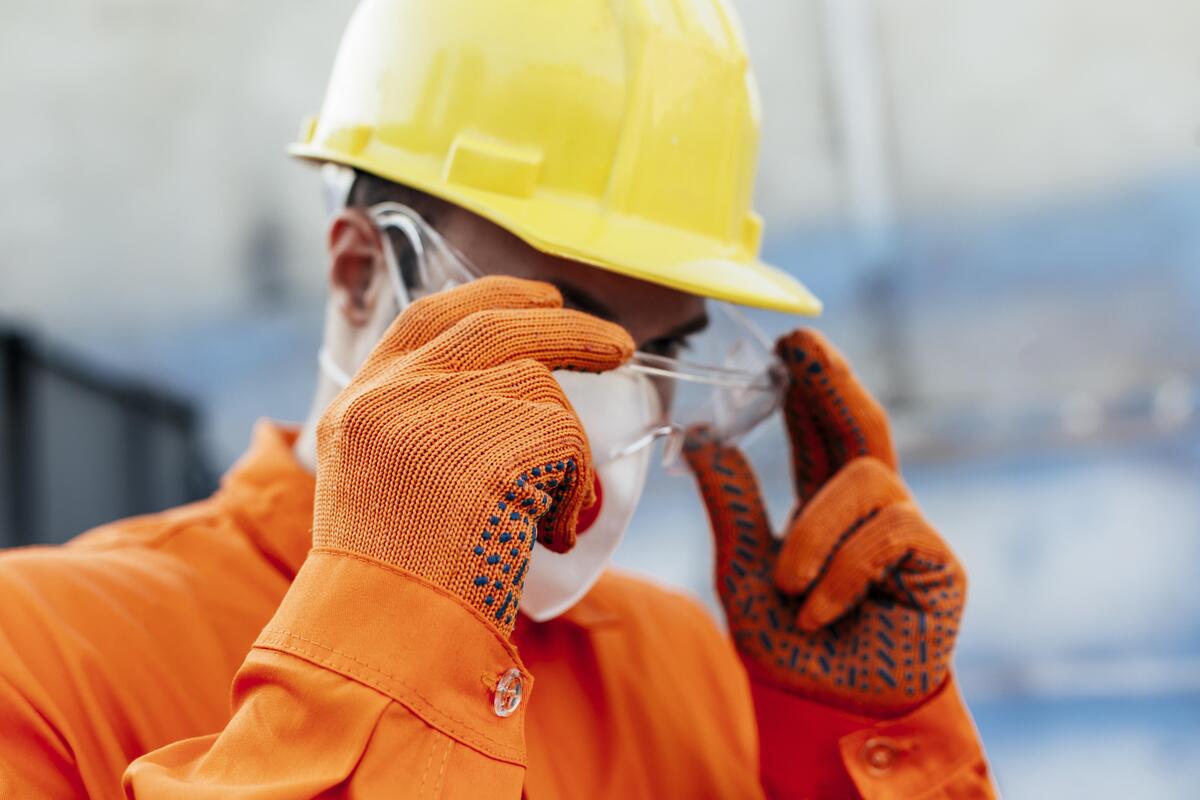
Conclusion
In conclusion, technical developments, raised awareness, and regulatory initiatives will all contribute to the construction industry’s bright future in terms of safety. In order to protect workers and reduce accidents and fatalities on building sites, the construction industry has come to understand how crucial it is to prioritize safety measures. Construction organizations can improve safety management and overall project management by integrating cutting-edge technologies like drones, wearables, and Building Information Modeling (BIM).
Studies have demonstrated how technology improves construction safety. For instance, Zhang et al. (2019) discovered that worker exposure to hazardous circumstances was dramatically decreased when drones were used for site inspections and monitoring. These airborne gadgets deliver data and imagery in real time, enabling managers to spot possible threats and take quick action. Additionally, sensors in wearables allow them to monitor vital signs and identify dangerous settings, alerting users and reducing the risk of accidents. These technological developments enable construction companies to proactively eliminate hazards and guarantee the welfare of their personnel.
The future of safety in construction is also greatly influenced by government rules and industry initiatives. Construction-specific safety laws are regularly updated and enforced by regulatory authorities like the Occupational Safety and Health Administration (OSHA) in the United States. Companies are compelled by these restrictions to adhere to safety requirements and put in place strict safety measures.
Through training programs, research, and knowledge exchange, industry groups like the Construction Industry Institute (CII) and the Associated General Contractors of America (AGC) actively promote safety management best practices. Collaboration among stakeholders aims to develop a safety culture within the sector, encouraging ongoing advancements in safety performance.
The construction sector is making substantial progress toward a safer future, despite obstacles like employee churn, reluctance to change, and budgetary restraints. These issues can be resolved with the cooperation of contractors, owners, employees, and governing bodies.
To ensure worker safety and the successful completion of projects, the construction industry is embracing the promise of technology, following the law, and fostering a culture of construction safety. Construction companies may establish a safer working environment and contribute to the sustainable growth of the sector by utilizing cutting-edge solutions and maintaining a proactive commitment to safety management.
Suggested article for reading:
The Top 7 Green Architecture Projects
important construction technology in 2024
7 Important Building Technology Ideas for 2024
Resources:
American Society of Safety Professionals | Supporting HSE improvement | Latham Australia | procore | OSHA | Giordano Law Offices | Total Safety | Safety Management Group | NIOSH | gocodes
From MDPI:
Nooralishahi, P.; Ibarra-Castanedo, C.; Deane, S.; López, F.; Pant, S.; Genest, M.; Avdelidis, N.P.; Maldague, X.P.V. Drone-Based Non-Destructive Inspection of Industrial Sites: A Review and Case Studies. Drones 2021, 5, 106. https://doi.org/10.3390/drones5040106
From Science Direct:
Ansa Varghese, Bino I. Koshy, Risk perception on building construction safety, Materials Today: Proceedings, 2023, ISSN 2214-7853, https://doi.org/10.1016/j.matpr.2023.04.070. (https://www.sciencedirect.com/science/article/pii/S2214785323019661)
Yanqun Yang, Yu Wang, Said M. Easa, Xiaobo Yan, Risk factors influencing tunnel construction safety: Structural equation model approach,
Heliyon, Volume 9, Issue 1, 2023, e12924, ISSN 2405-8440, https://doi.org/10.1016/j.heliyon.2023.e12924. (https://www.sciencedirect.com/science/article/pii/S2405844023001317)
From the National Library of Medicine:
van der Molen HF, Basnet P, Hoonakker PL, Lehtola MM, Lappalainen J, Frings-Dresen MH, Haslam R, Verbeek JH. Interventions to prevent injuries in construction workers. Cochrane Database Syst Rev. 2018 Feb 5;2(2):CD006251. doi: 10.1002/14651858.CD006251.pub4. PMID: 29400395; PMCID: PMC6491133.
For all the pictures: Freepik | Unsplash | Pexel

